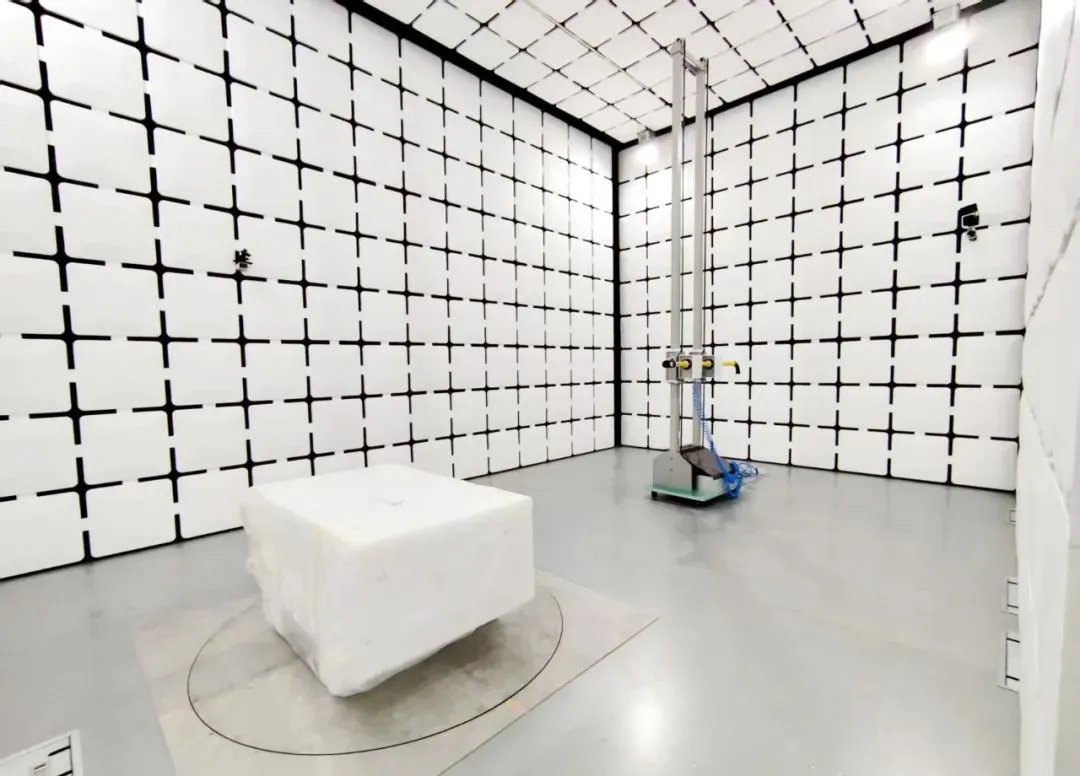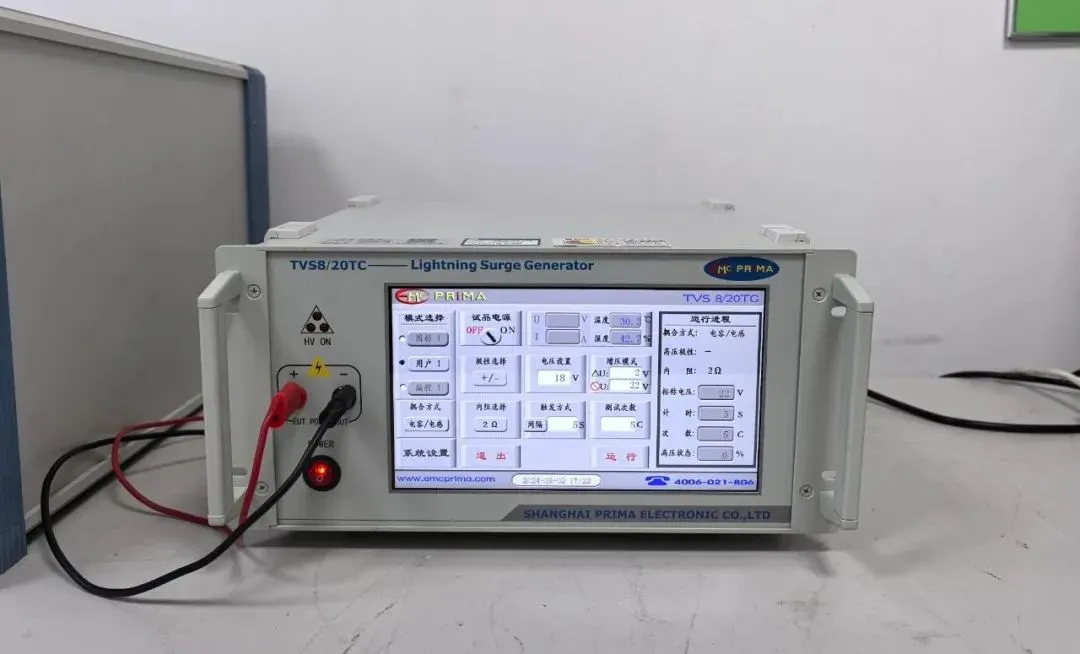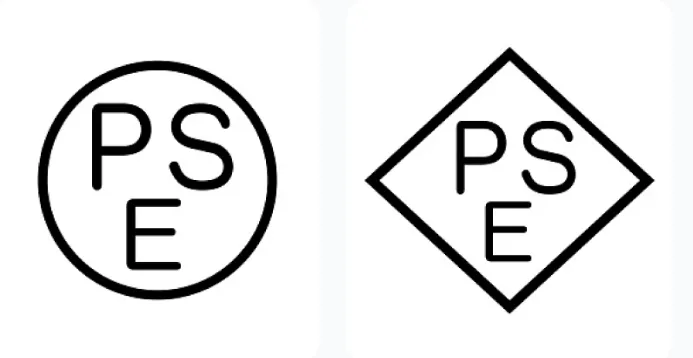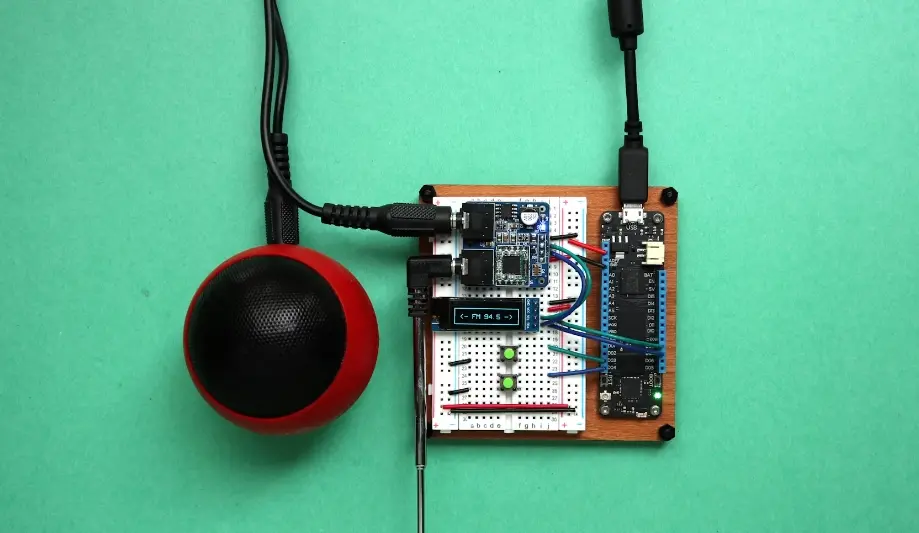
Cytotoxicity Test ISO 10993-5
The in vitro cytotoxicity test is a method using cell cULture techniques to determine cell death (e.g., cell lysis), inhibition of cell growth, colony formation, and other effects on cells caused by medical devices, materials, or their extracts.
In the biological evaluation system of medical devices, the in vitro cytotoxicity test is one of the most important indicators. Through cytotoxicity testing, the potential in vitro cytotoxicity of medical devices and biomaterials can be evaluated. Before use in tissues and cells of living organisms, in vitro cytotoxicity tests serve as a pREDictive experiment to gauge possible reactions. The method is econoMICal, simple, and allows for batch testing, providing essential screening material for deciding whether animal testing is necessary.
Cytotoxicity Evaluation Metrics
Among the various methods used in in vitro cytotoxicity assays, evaluation categories based on the measurement endpoints include:
l Assessment of cell damage through morphological methods;
l Measurement of cell damage;
l Measurement of cell growth;
l Measurement of specific aspects of cell metabolism.
Solution
China’s JJR Laboratory has many years of experience in cytotoxicity testing, with a comprehensive testing system for medical devices and biomaterials. Cytotoxicity testing methods are generally divided into two categories: quantitative and qualitative cytotoxicity tests.
Quantitative Cytotoxicity Test: MTT Assay
Principle
This test is based on observing cellular metabolic activity. MTT is a yellow, water-soluble reagent that is metabolized by live cells into purple formazan. After dissolving formazan in isopropanol, optical density is measured with a spectrophotometer, with the number of live cells being proportional to the optical density.
Reference Standards
▪ iso 10993-5:2009 Biological evaluation of medical devices – Part 5: Tests for in vitro cytotoxicity.
▪ ISO 10993-12:2021 Biological evaluation of medical devices – Part 12: Sample preparation and reference materials.
Considerations
Sampling methods for laboratory tests generally use extraction liquids. Based on the sample’s properties and thickness, an appropriate extraction ratio is chosen, and further cutting of the sample is performed.
Qualitative Cytotoxicity Test: ISO Qualitative Method
Principle
Medical device extracts are cultured with cells, and a microscope is used to observe the biological response of the cells. Evaluations are made based on changes in cell morphology, vacuole formation, cell detachment, cell lysis, and membrane integrity.
Reference Standard
▪ iso 10993-5:2009 Biological evaluation of medical devices – Part 5: Tests for in vitro cytotoxicity.
Qualitative Cytotoxicity Test: USP Qualitative Method
Principle
This test method examines the effect of extracts from elastic or polymer materials, which directly or indirectly contact patients, on cell morphology to determine the biological response to the extract.
Reference Standard
USP-NF <87>: BIOLOGICAL REACTIVITY TESTS, IN VITRO: Elution Test.
Cytotoxicity testing involves a large workload. Before testing, reagents such as culture media and cells need to be prepared. Since cell growth requires time, testing periods can be long, potentially delaying scheduling. China’s JJR Laboratory has extensive experience in in vitro cytotoxicity testing and can adjust preparation times and schedule tests efficiently to provide the most satisfactory quality control services. We can also help you save up to 40% on testing costs.
Email:hello@jjrlab.com
Write your message here and send it to us
 Canadian Rug Flammability Testing
Canadian Rug Flammability Testing
 Toy Flammability Test Compliance Certification
Toy Flammability Test Compliance Certification
 ISO 17025 Accredited Test Laboratory
ISO 17025 Accredited Test Laboratory
 What is Amazon California Proposition 65?
What is Amazon California Proposition 65?
 New METI Registration Regulations in Japan
New METI Registration Regulations in Japan
 Attention for Amazon Japan Sellers: New PSE Regula
Attention for Amazon Japan Sellers: New PSE Regula
 Compliance with Japanese Representative & METI
Compliance with Japanese Representative & METI
 ZigBee-LoRa-Z-Wave Product compliance testing
ZigBee-LoRa-Z-Wave Product compliance testing
Leave us a message
24-hour online customer service at any time to respond, so that you worry!




